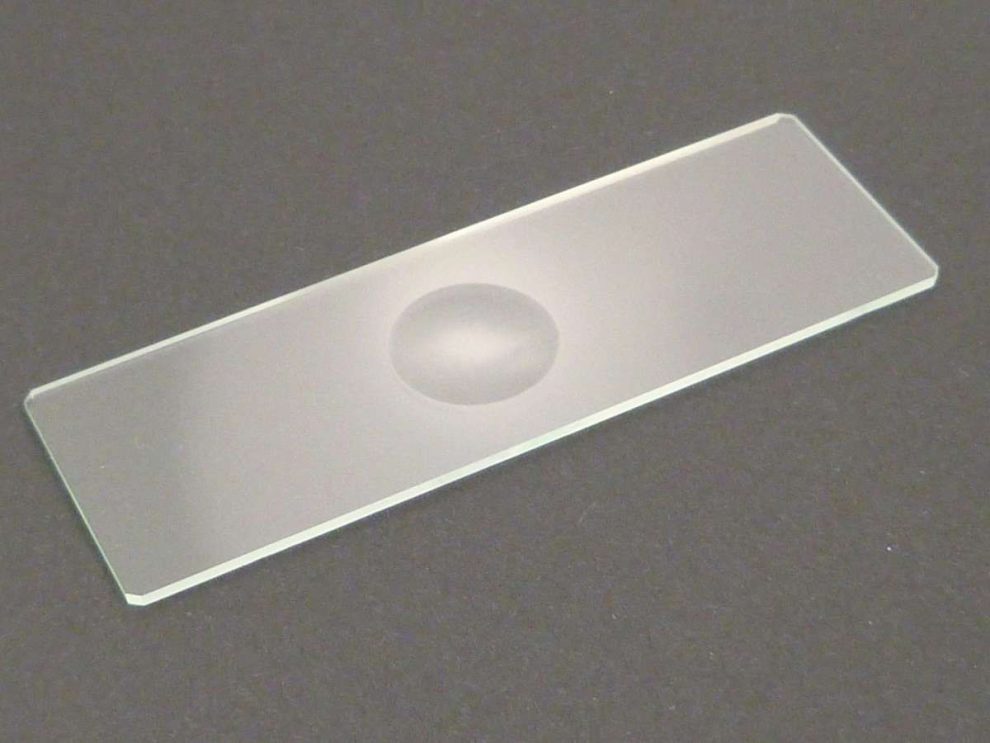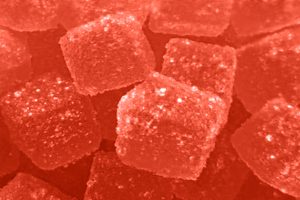Precision instruments are paramount in laboratories when it comes to precise applications. There are many precision instruments used in laboratories today, but cavity slides are unique in their simplicity and proliferation. Whether you work in a pathology laboratory, diagnostic lab, or exhibit living specimens under the microscope, a cavity slide or similar glass microscope slide can be very important. We will compare cavity slides, their varieties, uses and how they are still useful in modern laboratories.
What Are Cavity Slides?
Cavity slides, also called concave slides or depression slides, are glass slides designed for holding specimens. They have one or more shallow concave cavities in the center, which can hold a small amount of liquid without spilling, allowing the specimen to be viewed under a microscope.
Cavity slides are different from flat microscope slides, because they provide a small well deep enough to hold suspensions eg. cells in suspension, protozoa, blood, as well as any chemicals that need to be looked at while in a semi liquid state, etc. This is particularly useful in relating to live organism being viewed and their environment.
Types of Cavity Slides
There are several variations of cavity slides available, depending on laboratory requirements:
1. Single Cavity Slide
As the name suggests, a single cavity slide has one depression. It is ideal for working with one sample at a time and is most commonly used in educational, diagnostic, and research labs.
2. Double or Multi-Cavity Glass Slides
Some laboratory tasks require multiple samples to be analyzed side by side. In such cases, multi-cavity glass slides offer added convenience and efficiency.
3. VDRL Slides
VDRL glass slides are made for the VDRL test, which is primarily for syphilis testing. Most of the slides will have several shallow cavities, and they will be made in accordance with the highest precision standards to conform to clinical diagnostic lab standards used for VDRL testing. VDRL glass slides (and VDRL test slides) provide consistency in test results and handling.
Why Are Cavity Slides Crucial in Laboratories?
1. Suitable for Liquid Samples
Unlike flat slides, cavity slides are designed to hold liquid without spreading across the surface. This makes them perfect for analyzing fluids, living cells, or chemicals that should not be smeared.
2. Ideal for Live Specimen Observation
For researchers working with microorganisms or cells in motion, cavity slides offer a stable viewing area that prevents desiccation and maintains the integrity of the sample for longer durations.
3. Prevents Sample Loss
The concave shape prevents spillage and retains the sample in place, reducing the chances of contamination or evaporation—especially helpful in high-precision testing environments.
4. Useful in Serological and Clinical Tests
In clinical diagnostics, such as the VDRL test, cavity slides enable controlled environments for reagents and samples to interact. Their design contributes to the reliability and reproducibility of the test results.
Materials and Manufacturing
Most cavity glass slides are made from high-quality soda lime or borosilicate glass. These materials ensure clarity and chemical resistance, both of which are essential for accurate microscopy. The edges are often ground and polished to prevent cuts during handling.
Some slides come pre-cleaned and ready to use, while others might require sterilization before application, depending on the lab’s protocol.
Common Applications of Cavity Microscope Slides
Cavity slides are not limited to a single area of study. Here are a few of their most frequent applications:
- Microbiology: Viewing many different kinds of bacteria, protozoa, and other microorganisms in liquid cultures.
- Hematology: Holding blood specimens for subsequent examination.
- Pathology: Viewing small tissue samples preserved in saline, or other reagent.
- Parasitology: Viewing parasites contained in fluid.
- Education: A teaching tool for students to observe how live cells behave and how specimens can be handled.
How to Handle Cavity Slides Properly
While these slides are user-friendly, certain handling tips ensure safety and performance:
- Always use gloves when handling cavity microscope slides to avoid fingerprints or contamination.
- Use proper slide holders or mechanical stages to prevent tipping during observation.
- Clean with a non-abrasive solution and lint-free cloth if reuse is intended.
Understanding Cavity Slide Price and Availability
The price of cavity slides can differ between brand, glass material, number of cavities, and whether they are sterile or non-sterile. Basic cavity slides with one cavity are usually inexpensive and cheap enough for even a small lab or educational institutions bulletin board. Conversely, VDRL glass slides, or high precision borosilicate special purpose slides may come with a slightly higher price tag because of their special manufacturing tolerances.
When buying cavity slides, consider:
- Purpose of use
- Durability requirements
- Compatibility with stains and other chemicals
- Packaging (bulk or small pack)
Laboratory sources and online marketplace options have numerous cavity glass slides, often sold in quantity with competitive pricing.
Conclusion:
Whether you’re a lab technician with years of experience or a student beginning to learn about working with microscopy, knowing about cavity microscope slides and their function and significance will greatly enhance your specimen preparations and observations. It is true that cavity slides are just very common inexpensive laboratory tools used primarily to safely contain liquid or semi-liquid samples, as well as keep test results, observations, and specimen appearances clean and accurate.
It may seem trivial in the larger picture of lab work, but the choice of flat or cavity microscope slides can help with your workflow also, as well as your accuracy. Finding and using the appropriate slide type for your specific specimen preparation, especially if working with live cells, diagnostic fluids, or needing accurate tests, will help you to stay organised and sanctified.
So the next time you’re setting up your microscope slide for sample analysis, don’t overlook the value of the humble cavity slide. It may just be the foundation of your most accurate observation yet.









